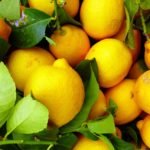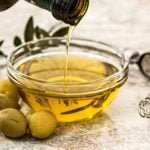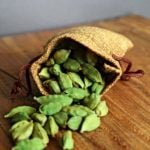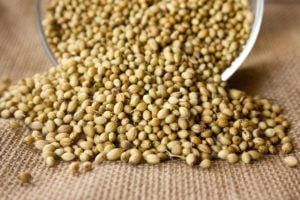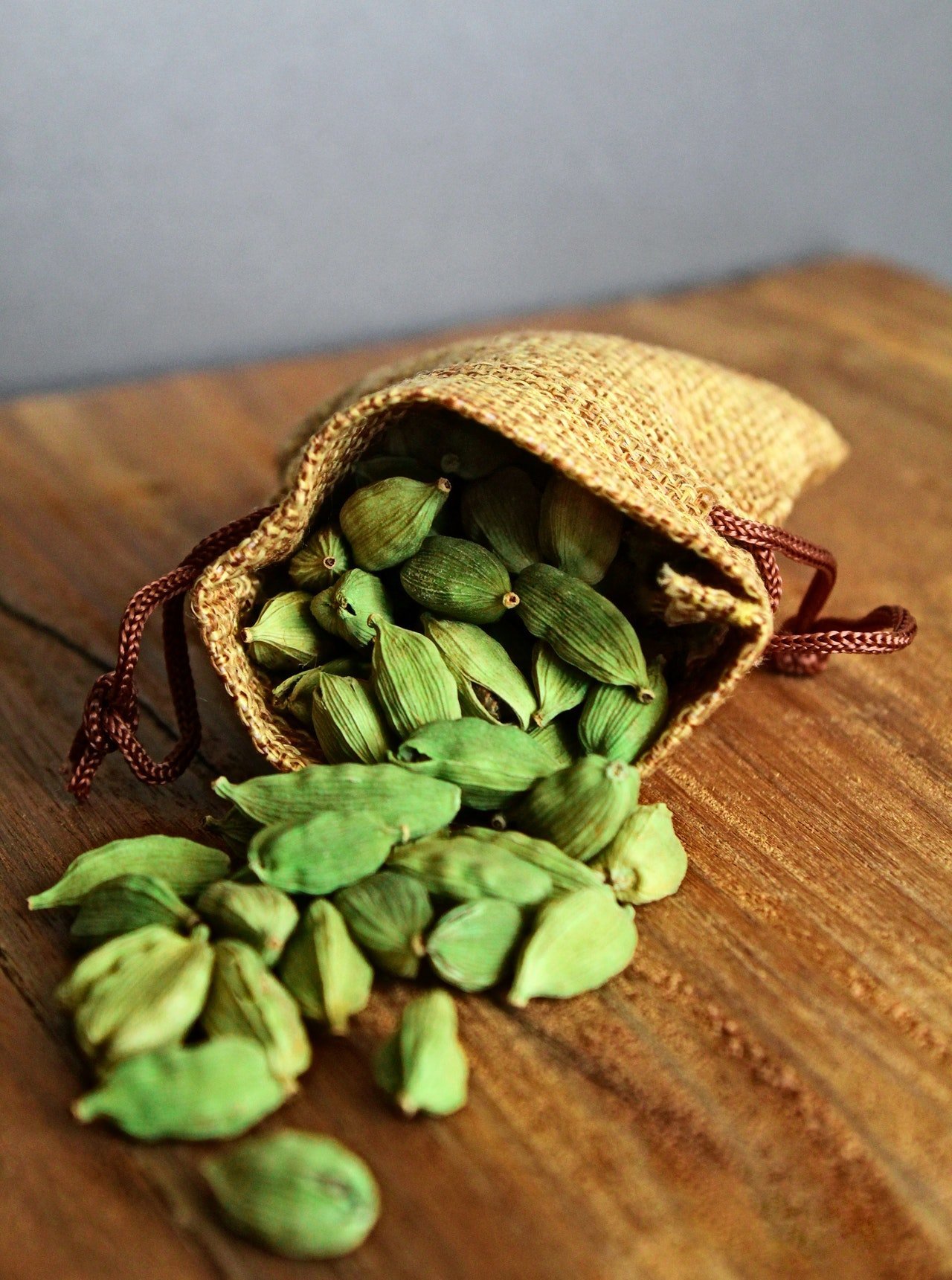
Top health benefits of Coriander seeds.
| Student corner: Contributed by Ms Aaliya Masoodi Coriander or Coriandrum sativum (C. Sativum) is one of the most popularly used spices worldwide. The most refreshing taste accumulated. Coriander adds flavour to every meal and snack. It is used in every kitchen and dines abundantly as well as in medicinal values that have been used since ancient times. Coriander contains bioactive phytochemicals that are accounted for a wide range of biological activities including antioxidant, anticancer, neuroprotective, anxiolytic, anticonvulsant, analgesic, migraine-relieving, hypolipidemic, hypoglycemic, hypotensive, antimicrobial, and anti-inflammatory activities. The main compound, “Linalool” a colourless oil, classified as an acyclic monoterpenoid which is used as an antiseptic, fragrance, and inflammatory is abundantly found in the seeds of coriander and is remarked for its ability to modulate many key pathogenesis pathways of diseases. Apart from the modulating effects, the predominant antioxidant property of the coriander provides a key mechanism behind its protective effects against neurodegenerative diseases, cancer, and metabolic syndrome. Coriander serves, its significance of being a promising functional food for promoting well-being in the era of ageing and lifestyle-related diseases.
Nutrition: One cup of raw Coriander contains 6 grams (g) provides: 3.68 calories 0.083 grams (g) of fat 0.587 g of carbs 0.341 g of protein Coriander also contains vitamins C, provitamin A, and K, as well as trace amounts of the following: folate , potassium, manganese, choline Beta-carotene, Beta-cryptoxanthin Lutein, zeaxanthin Preparations and Uses: Including coriander in a meal is a great way to add flavour to a dish or beverage without adding extra calories, fat, or sodium. Coriander is a tender herb that has gentle leaves. These are best to add either raw or near the end of the cooking process. This helps them maintain their flavour and texture. Coriander is relatively easy to grow and can thrive in small pots on a sunny windowsill, making it a sustainable, flavoursome herb. When preparing coriander, separate the leaves from the stems and only use the leaves. Use a sharp knife or herb shears and cut them gently. Cutting with a dull knife or over-chopping them will bruise the herb, and much of the flavour will end up on the cutting board’s surface. Coriander pairs well with many dishes, especially Mexican, Indian and Thai. It also works well with dishes that contain beans, cheese, eggs, and fish. The herb is also great with creamy vegetable dips and as a topping or garnishes for soups and salads It is also fine to use dried herbs and spices, which some people may find easier. Risks: However, ground or cracked coriander had a higher prevalence of Salmonella than the whole spice equivalent. According to the guidelines from the Food Safety and Inspection Service (FSIS), heating food to 150–170ºF will kill bacteria, including Salmonella. Sometimes, it is hard to detect coriander in meals because they often contain a combination of other herbs and spices. So, people with an allergy or sensitivity to coriander must take extra care when choosing or eating meals or when using spice blends that may contain it. A person’s overall eating pattern is vital for disease prevention and healthful living. It is better to eat a varied diet than to concentrate on individual foods as the key to good health. Conclusion: Inclusion of both seeds and leaves from coriander in the cuisine will increase the content of antioxidants, and thus probably prevent oxidative deterioration of food. However, it is uncertain if the number of spices in the diet enough influences the antioxidant defence of the body. So coriander seeds and leaves may be used as a potential source of food flavouring and antioxidants. Value addition can be as simple as presenting a commodity in a clean graded form, which would instil confidence in the consumers for its quality image. On the other hand, it can be a completely different product such as oil, oleoresins, etc. The value-added form of spices has tremendous growth potential. The global market is increasingly shifting away from the commodity form towards the value-added form of consumer-packed branded spices, which overcome the disadvantages of raw spices. The future is bright, but significant investment in evaluation and feeding trials to demonstrate the health-promoting properties is required. View in browser :The Health Guide |
Join the mailing list!
Get the latest articles delivered right to your inbox!

